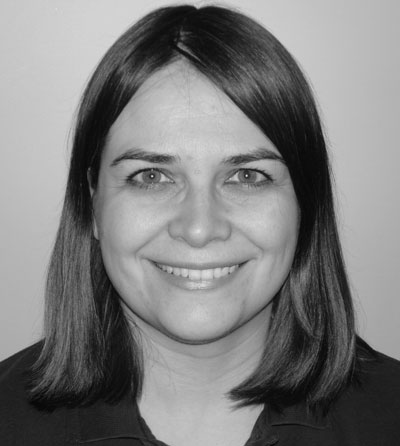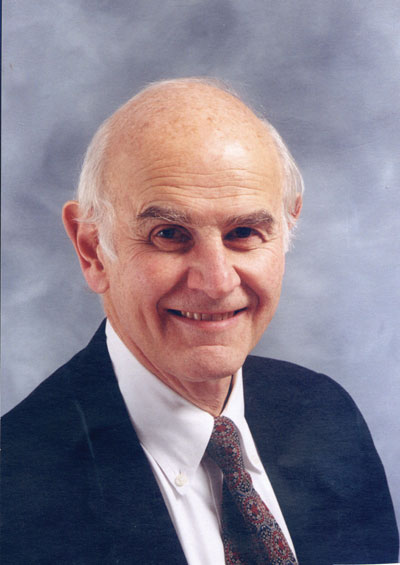
Features
Practice
Technique
Spinal Cord Injury, Part 2
In Part 1 of this article, we reviewed the etiology of spinal cord injury and discussed short- and long-term medical and daily needs of spinal cord injured patients.
January 4, 2012 By Maria DiDanieli with Heather Braithwaite RMT and Charles Tator MD PhD FRCS(C)
In Part 1 of this article, we reviewed the etiology of spinal cord injury and discussed short- and long-term medical and daily needs of spinal cord injured patients. We also examined current research on rehabilitation for the spinal cord injured patient.
 |
|
| Heather Braithwaite is a registered massage therapist in Toronto.
|
WORKING WITHIN A HEALTH TEAM
By Heather Braithwaite
Massage should be integrated in working with spinal cord injured (SCI) clients. There are benefits to the clients, especially in decreasing pain, increasing circulation, decreasing compensatory structures and maintaining musculoskeletal and joint health of affected limbs. Massage can help reduce the effects of ulcers or bed sores.
The massage therapist must consider whether or not there is a team of health-care professionals involved with this client and must co-ordinate his/her efforts with the rest of the team.
An important thing to remember is that all treatments are case dependant! Some elements to consider when planning how to proceed with a particular SCI individual involve:
- Where, in the spinal cord, was the injury? This will affect the aims of the treatment – the lower the injury, the greater the potential for rehabilitation success;
- How does the client perceive pain?;
- Can the client give feedback on depth of pressure?;
- Do any of the medications the client is taking affect pain responses?
- Will the treatment be altered for length of time of hydrotherapy applications and increase the potential of bruising after the massage?;
- If there is a loss of vocalization, how will you communicate with your client and who is the substitute decision maker if the client is not capable of making informed consent?:
- Can the client feel temperature? (This will affect hydrotherapy applications.);
- How mobile is the client? And what are the SCI
- client’s goals?
- Will you be treating the client in a wheel chair, in a hospital bed, or on a massage table?;
- Is there a catheter, or other pins/wires, on the client’s body, that may affect the treatment?
Especially in the early stages of a spinal cord injury, clients may have to re-adjust to a different lifestyle – grief or anger responses may hinder their progress. As massage therapists, we have an opportunity to listen with compassion to our clients’ fears and hopes. We can guide them to other health care professionals when required. Also by giving clients a chance to determine their goals for the massage, and informing the client that they can stop or change the treatment during the massage, it gives the client a sense of control. This can be very powerful for SCI clients, since most of the their days are “beyond their control.”
Treatment times tend to be heavily dependant on the client’s tolerance to massage and how they feel that day – ranging from 20 minutes to 60 minutes. In the early stages post-trauma, the massage therapist’s role is to help with circulation, maintain range of motion of unaffected limbs and decrease pain symptoms. Care must be taken not to disturb the healing of the nerve sheath during this time. Techniques that work well with SCI clients include manual lymph drainage, stretching, general Swedish and gentle fascia stretching in the early stages.
In the long term, massage therapy can be employed to maintain, and possibly increase, joint mobility, decrease fascial adhesions, and decrease decubitus ulcer formations and strengthen atrophic muscles. If there is scar tissue formed over a surgical intervention, massage can increase the elasticity of the surrounding tissues. Reducing pain and decreasing tension from compensatory muscles tends to be a primary goal in long-term care. The techniques for long term include any which are used in acute stages plus deep tissue work such as trigger point release, deep fascia work – if the there are no contraindications.
 |
|
| Dr. Charles Tator is a neurosurgeon and researcher at Toronto Western Hospital.
|
PREVENTION, THE ONLY CURE
With Dr. Charles Tator
Formidable advances have been made to mitigate some of the catastrophic sequelae of spinal cord injuries, and more is being learned from year to year. However, at this time, an actual method for reversing the effects of an SCI has yet to be determined. For this reason, prevention still really is the best and only cure.
Prevention of injury may, of course, be discussed between practitioners and patients in the clinic setting. Registered massage therapists (RMTs) can also choose to talk about this in health classes within their communities. Furthermore, many RMTs are involved with organized sports, both at the amateur and professional levels. This is an area where many injuries can occur, and thus, presents an opportunity for RMTs to incorporate prevention education into their role with the team.
Registered massage therapists may also become involved in existing organizations that are dedicated to public education regarding spinal cord injury prevention. (Initiatives for the prevention of spinal cord injury are often paired with brain injury prevention education.) As musculoskeletal specialists, RMTs are well versed in spine health and, as holistic practitioners, they understand the importance of maintaining one’s lifestyle by not shying away from activities, but, instead learning to undertake them safely.
ThinkFirst Canada (www.thinkfirst.ca) is one example of an organization that is dedicated to spine and brain injury prevention, but its approach has been somewhat different from that of similar groups. The organization was founded in the United States and brought into Canada by Dr. Charles Tator, a neurosurgeon, scientist and educator in the area of spinal cord injuries and their prevention. Dr. Tator has been the face of “ThinkFirst Smart Hockey,” as well as injury prevention initiatives in amateur and professional sports at the local, regional and national levels, for a number of years. Dr. Tator found himself aligned with ThinkFirst’s (U.S.) notion that prevention efforts should begin as early as possible in a person’s life. From that premise, ThinkFirst Canada was born. ThinkFirst centres its efforts on educating children of all ages about the advantages of playing safe while having fun.
“ThinkFirst is involved in programs to reduce the incidence of spinal cord and brain injuries through school- and community-based injury prevention initiatives,” Dr. Tator tells Massage Therapy Canada from his office at the Krembil Neuroscience Centre of the University Health Network in Toronto. “The latter include many sport-specific programs and are focused on a variety of sports and recreational activities, including hockey, football and diving. Shallow water diving is still the most common cause of spinal cord injury among the sports and recreational activities in Canada. We try to teach activity-specific strategies and try to work in a coalition with other organizations such as the Red Cross.”
ThinkFirst, a not-for-profit organization, designs and develops its programs and operations based on research that explores the impact of prevention programs in decreasing the incidence of injuries in various situations.
“One of the exciting findings [of this research] is that prevention programs do make a difference,” continues Dr. Tator. “For example, there are fewer broken necks in hockey as a result of a number of injury prevention strategies, including education of players, coaches and trainers, as well as through rules changes and enforcement. Seatbelts and airbags have reduced the number of spinal cord injuries in motor vehicle crashes.
“There is still work to be done, however, to bring ThinkFirst, and initiatives like it, closer to fulfilling the vision of completely abolishing traumatic spinal cord (and brain) injury. Even to meet its goal of measurable reductions in these types of injuries, ThinkFirst must continue to partner with volunteers and organizations who are equipped to get the right messages out. This is an opportunity for an RMT who is interested in supporting prevention initiatives by volunteering within a ThinkFirst chapter in his/her community.
“We need to reach a larger number of participants with specific educational programs about avoidance of risk-taking behaviour,” notes Dr. Tator. “For example, the damaging mixture of alcohol and water activities, or alcohol and snow activities, requires greater emphasis.”
For RMTs who work with athletes at any level, he adds, “Detecting spinal instability in athletes is another important area of prevention.”
CLOSING THOUGHTS
Gleaning an understanding of those who live with SCI and the nature of their injuries is the first step to contributing one’s expertise as a practitioner to this costly area of health care and to preventing its many devastating effects. Much work has been done, but much more is needed, whether it is in the areas of care and rehabilitation, prevention and/or research. According to the Canadian Paraplegic Association, a group whose mission it is to assist those living with spinal cord injury by providing information, assistive equipment, employment and more, there’s plenty that can be done and it begins with knowledge and awareness.
Print this page